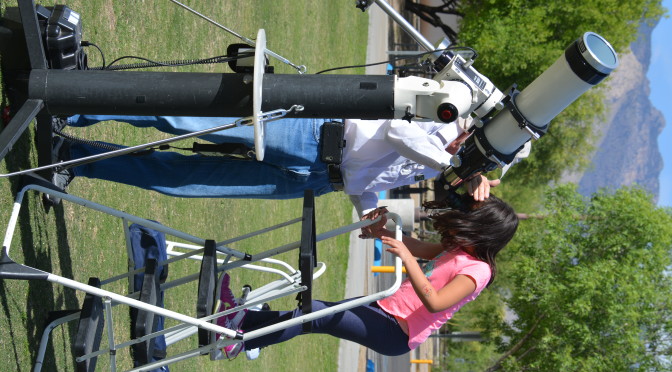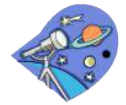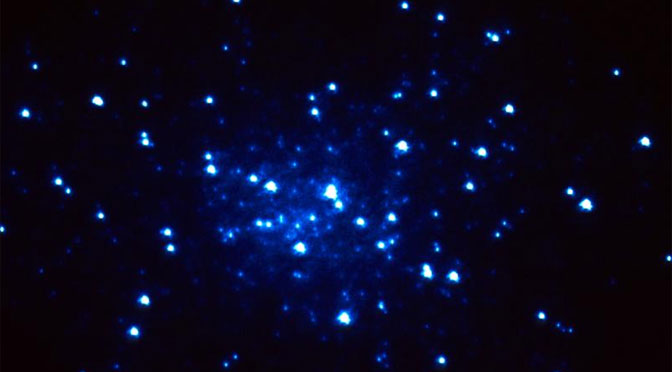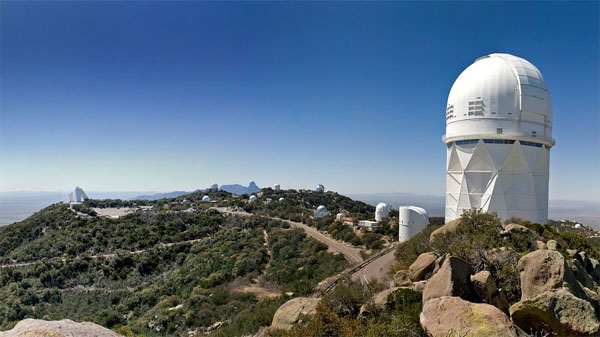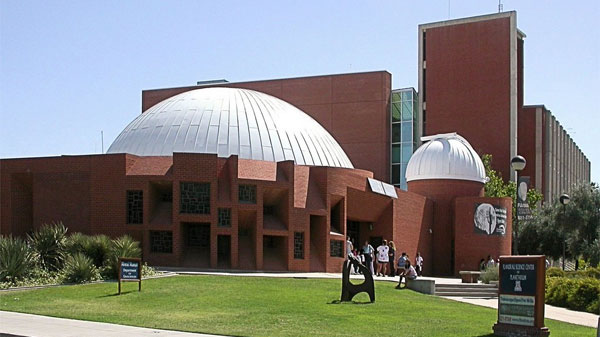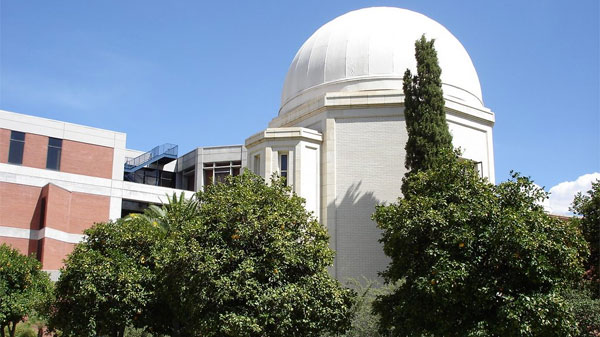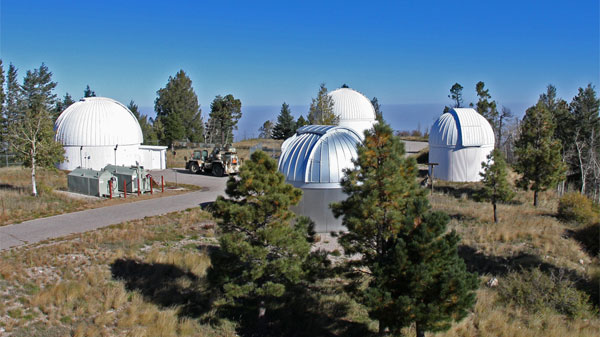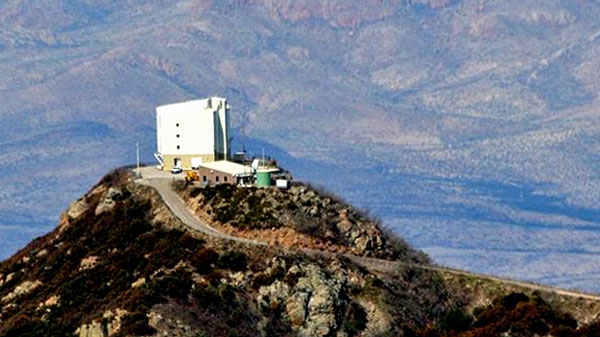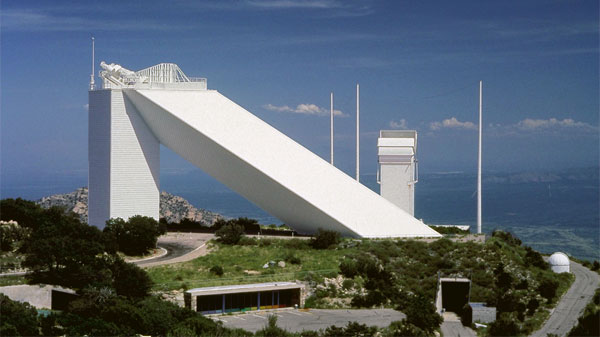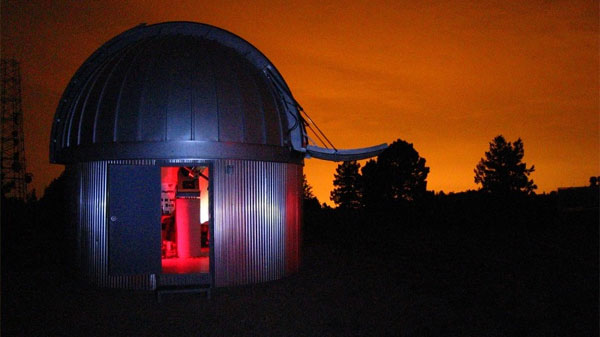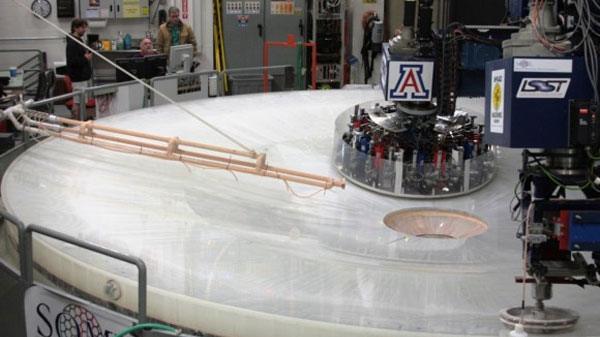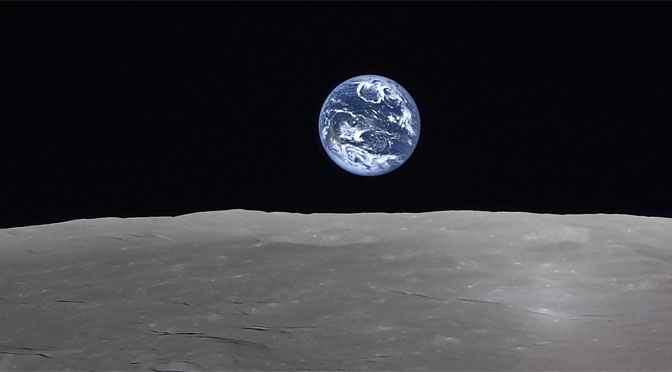Searching for Diamonds in the Celestial Haystack
An AFSIG article by Paul Trittenbach
A long time ago there was a violent explosion and nearly nothing was left in its wake! A supersonic shockwave roared from the heart of the explosion and debris was hurled in every direction. There were no known witnesses to the great cataclysm. If anyone was around at the time, there would’ve been no survivors. All we have is the forensic evidence that tells us of a violent and horrible death.
When Shakespeare wrote of the struggles of humanity he could have just as easily been penning an exposition on the stars. Destruction and creation are part of the cycle of the universe. They are also the fabric of our literature and movies. There are those who burn out quickly but are remembered in legend because they shined so brightly. There are those who live long, moderate lives and die with little more than a stellar last gasp. And there are those that convulse before dying in powerful explosions, building monuments to their lives.
As our earth races around the sun and turns to face the summertime stars,
a dense murky patch of clouds and dust whorl overhead. We are facing in, through the Scutum-Centaur and Sagittarius arms of our galaxy, into the bowels of the Milky Way. Of the constellations that reside there, one of them, Sagittarius, is the focus of our attention this month. Here reside a couple of monuments to the lives of stars that once burned brightly. They are also popular summertime targets for amateur stargazers.
When Charles Messier cataloged M8 he was penning it into his list of celestial objects to avoid. It became one of 109 objects that were relegated to his “don’t see” file, but I recommend that you go there even if you have been there before. Messier 8, or M8, or the Lagoon nebula is an enormous interstellar cloud of gas and dust, the remains of the star that once burned brightly. It is classified as an emission nebula. Nebulae of this type are described as localized regions of ionized gas which emit light at various colored wavelengths, most of which are not visible to the human eye. M8 is located approximately 5200 Light years (ly) from our solar system and occupies a space of 140 ly high by 60 ly across.
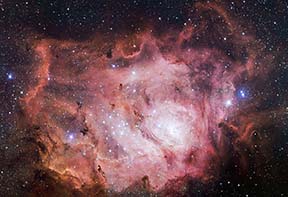
M8 appears pinkish in color in time-exposure images, a flower in the celestial garden. This is due to ionized hydrogen (HII). But to our eyes M8 appears gray in color. This corresponds to the doubly ionized oxygen present and accounts for why the nebula is more vivid when viewed with an O III filter. The gases emit colors because they are ionized by the ultraviolet light emitted from an energetic white dwarf — the beating heart of the nebula. Hubble Space Telescope (HST) images show details of swirling twisters of gas and dust moving throughout the nebula. These twisters of dust and gas are the result of the difference between the hot and cold areas of the gases themselves.
Nature dictates that in order for a celestial mother to give birth it must die. In this case a violent explosion rips apart a star to create nebula which becomes a stellar nursery. M8 is also a complex of multiple structures — including a large open star cluster NGC 6530, Herschel 36 — the star that drives the nebula — and the Hourglass. NGC 6530 is a young, loose star cluster — most likely created within the nebula itself — composed of 50 – 100 young stars about 2 million years old. Off-center within the nebula is the Hourglass, a bright feature which appears to be a star forming region.The dark regions of the nebula are Bok globules, protostellar matter which under accretion forms the new stars in this nursery.
Our next flower in the celestial garden is Messier 20. M20, the Trifid nebula is next door to M8, astronomically speaking. Its name is derived from the three-lobed structure of the nebula. The Trifid nebula is a bonanza among nebulae — composed of three nebulas in one. The Trifid nebula is located at the same distance from us as M8 and astronomers believe that the two are closely associated, perhaps developed of the same origin. Like the Lagoon nebula M20 is a cocoon of interstellar gas and dust, and a stellar nursery.

This complex of emission, reflection and dark nebula is a combination of ionized gases of hydrogen, sulfur and oxygen. As with M8 this nebula appears gray to our eyes and images reveal a blue reflection nebula and red emission nebula nested together. Again, an O III filter will enhance the visual details in the telescope. The three lobes of M20 are separated by the lanes of a dark nebula, Bernard 85. Clouds of protosetllar Bok globules, through the influence of gravity, accrete to form new stars. But new stars currently being born within M20 are likely to never mature because the star that fuels the nebula is eroding away and will be unable to continue powering the nebula and its stellar hatchery.
Images by the HST reveal fingers of Bok globules amid dust and clouds within the nebula and the embryonic stars being created within. Detailed analysis in various wavelengths of light reveal that in these nearly opaque, cold clouds of protostellar matter material is metamorphosing into nascent stars; the term cocoon seems apropos. We will not be able to reveal these details with our telescopes but understanding the mechanics of the subjects in our eyepieces only adds one more piece to the vast cosmic puzzle. I also believe it makes our stargazing more interesting.
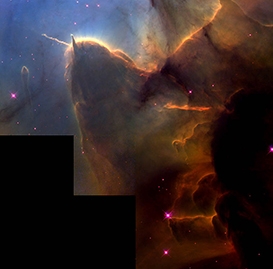
Binoculars and a telescope of any size will allow you to view M8 And M20. Take your time to look for the details in the wispy clouds of this nebula. Vary your magnification to tease out details and get a better look at features such as NGC 6530 in M8. Dark skies are always best for separating details so take advantage of our CAC or TIMPA facilities. And on all of those nights when the weather prohibits stargazing take the time to revisit these targets in your thoughts — stroll through the celestial garden and reminisce the remnants.


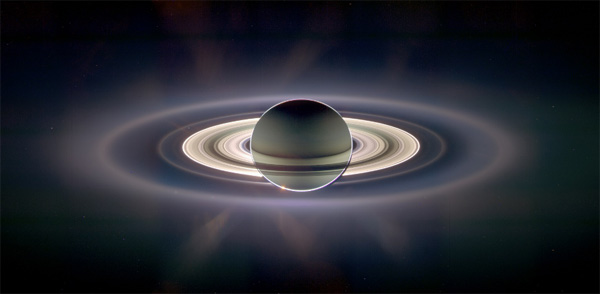
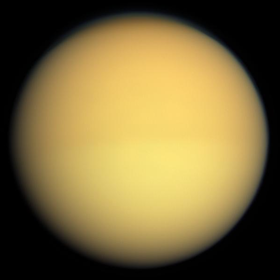 Saturn’s moon Titan was discovered by Christian Huygens in the year 1655. Giovanni Cassini followed up with the discovery of the next four moons: Iapetus, Rhea, Dione and Tethys. In 1784 William Herschel discovered Mimas and didn’t sell at this. More than 50 years had passed before the discovery of Hyperion and Phoebe. As the size and resolving capacity of telescopes increased, so too did the number of discoveries of new moons around Saturn. Additional discoveries came via robotic probes, such as the Cassini mission earlier this century.
Saturn’s moon Titan was discovered by Christian Huygens in the year 1655. Giovanni Cassini followed up with the discovery of the next four moons: Iapetus, Rhea, Dione and Tethys. In 1784 William Herschel discovered Mimas and didn’t sell at this. More than 50 years had passed before the discovery of Hyperion and Phoebe. As the size and resolving capacity of telescopes increased, so too did the number of discoveries of new moons around Saturn. Additional discoveries came via robotic probes, such as the Cassini mission earlier this century.